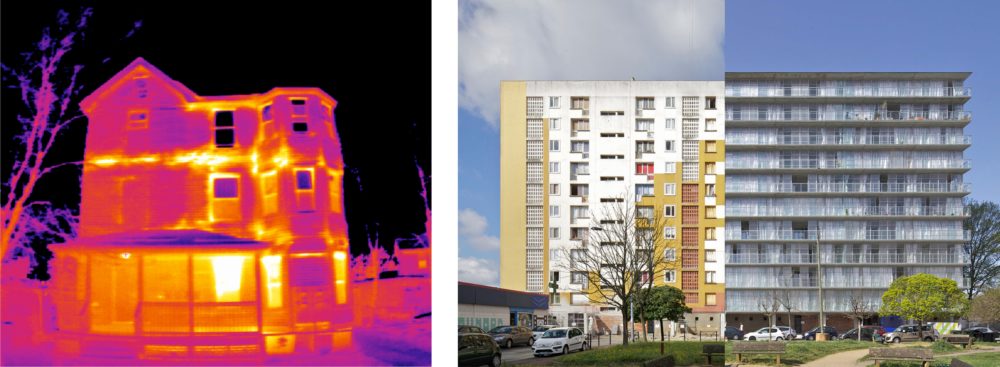History of the Lumber Industry in North America copy
Currently, buildings contribute 39% of anthropogenic carbon emissions in the atmosphere,1 and hence it is critical that designers work towards developing net-zero systems by considering the amount of embodied carbon in material selection, construction, and maintenance. By 2030, more than 43% of carbon emissions will need to be curbed to stay below 1.5C of global warming.2 By 2050, we must reach zero emissions!
Furthermore, eighty percent of the buildings in 2050 already exist today.3 Strategic renovations and upgrades can thus be applied to much of the current building stock. New buildings must be designed to last well into the future, making adaptability and resilience top priorities. This means that they must be energy efficient and produce their own electricity, and generate no carbon emissions.
There are a number of approaches to achieve net-zero design, including: adaptive reuse and energy efficiency upgrades for existing buildings and the use of renewable materials like mass timber for new construction.4
With adaptive reuse and energy efficiency upgrades, buildings can be tailored to new uses and their lifespans can be extended without requiring complete demolition, hence shrinking costs. Whilst reducing the embodied and operational carbon footprint, they can also improve the character of a neighborhood.

Test article content
